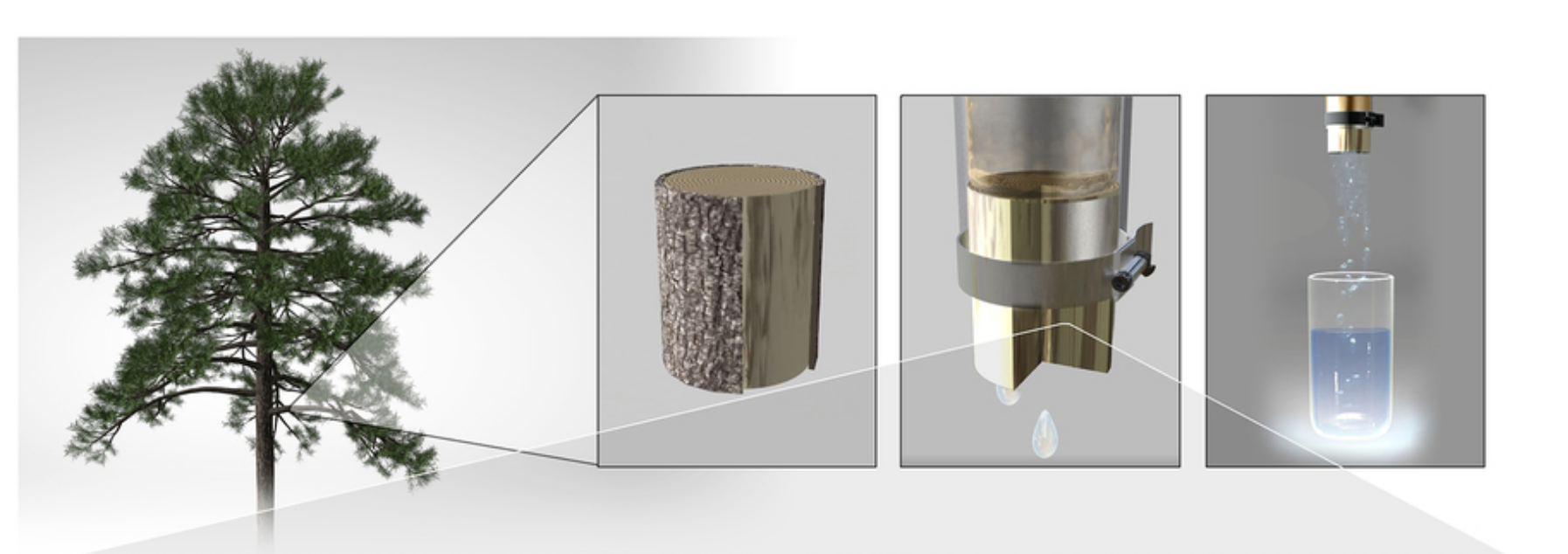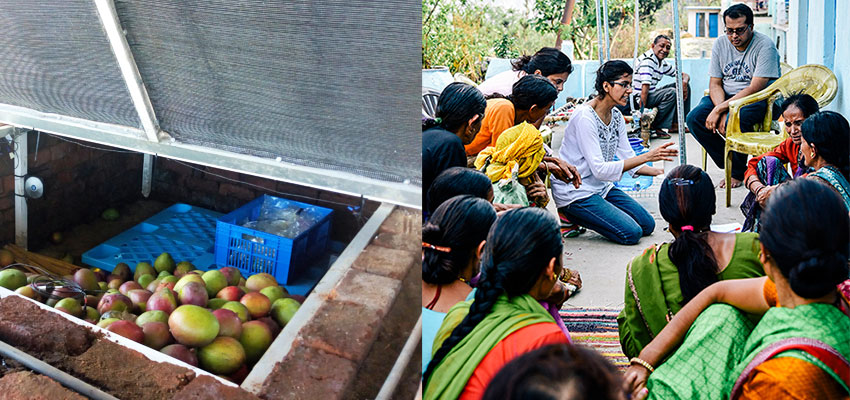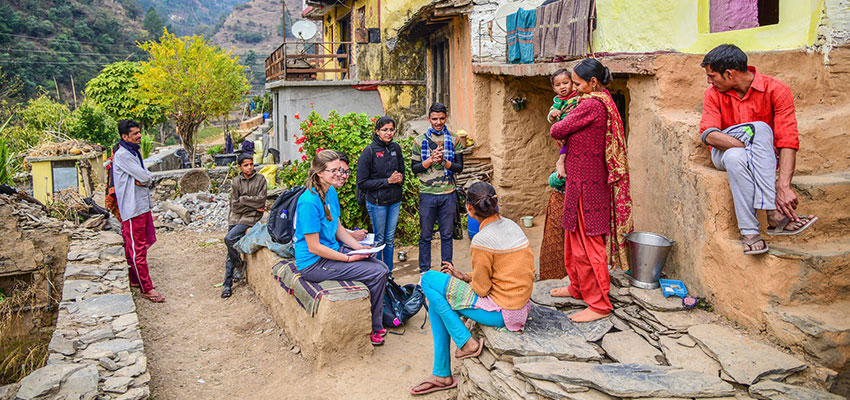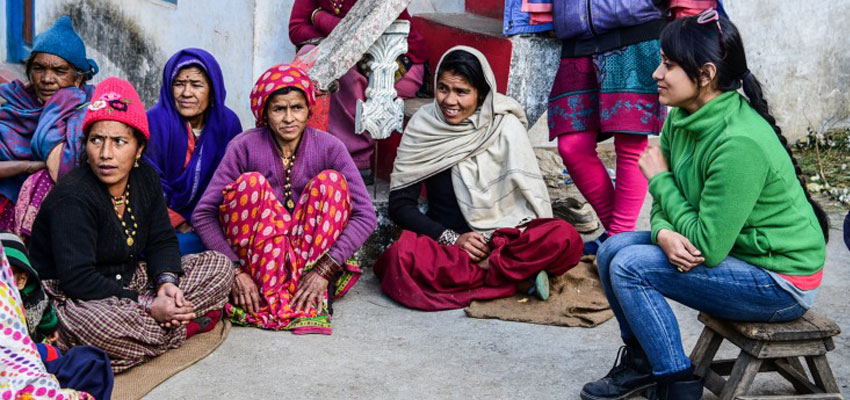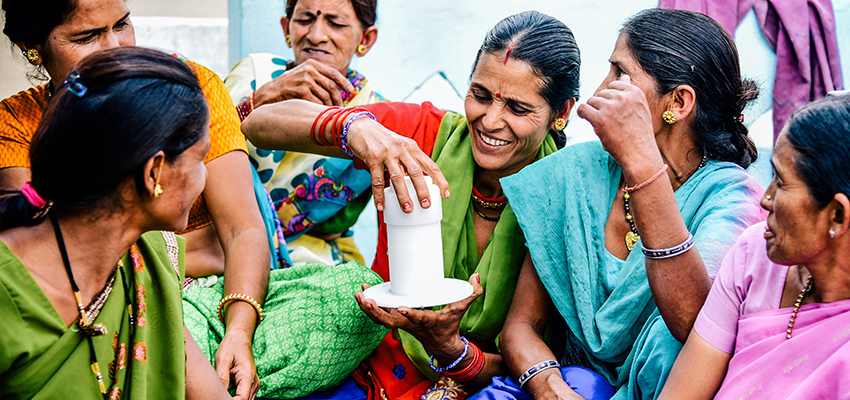
Developing low-cost water filters that exploit the natural filtration capabilities of xylem tissue in wood.
This project aims to address the largely unmet need to provide safe and affordable drinking water to low-income groups by developing low-cost water filters that exploit the natural filtration capabilities of xylem tissue in wood.
Why a xylem filter?
In 2013, Rohit Karnik, Associate Professor in the Mechanical Engineering department at MIT, came up with the idea of using the natural filtration capabilities of xylem tissue in wood to develop low-cost water filters. Further experiments showed that the sapwood xylem tissue from coniferous trees can be used to effectively remove E. coli bacteria and other microbes from water.
The key advantages of xylem as a water filter are that the water filter replacement costs are 10-100 times lower compared to existing gravity-driven filters, the xylem is lightweight and easy to transport, has good rejection of bacteria and protozoa, and can be manufactured locally with minimal infrastructure. Filtration devices developed from this material have the potential to act as disposable, low-cost household water filters and could also be distributed in humanitarian crises.
Field studies
In 2017, with support from J-WAFS (Abdul Latif Jameel World Water and Food Security Lab) at MIT, Dr. Karnik partnered with MIT D-Lab to conduct field studies and gain a better understanding of user needs and preferences regarding water filters, and also to find the potential market segment for this kind of filter.
Four field studies were conducted in different parts of India over 2 years, with over 400 potential users/community members and other stakeholders including staff of local NGO partners, filter vendors, and doctors. Through interviews, surveys, focus group discussions, and hands-on design workshops, rural and urban communities helped the team understand not only their needs and current practices related to water treatment, but also their design preferences for water filters, willingness to pay, and behavior change required for the sustained adoption of these filters.
What we've learned so far
Notable learnings from the field studies included the high acceptance of xylem filters as a natural, chemical-free filter and the preference for pay-as-you-go filters among the low-income population with weekly costs up to INR 25, which aligns well with the expected price of INR 5-20 for the filter elements. Local communities were also engaged in the field trials of filter prototypes. Necessary design changes were made based on user feedback.
A thorough literature review was conducted to understand the motivators for and barriers to behavior change in the adoption of household water treatment methods. Based on the literature and information gathered in the field from users and experts, a few behavior change interventions have been selected for implementation.
Team
Amy Smith, Senior Lecturer, Department of Mechanical Engineering & MIT D-Lab Founding Director
Rohit Karnik, Associate Professor of Mechanical Engineering
Kendra Leith, Associate Director for Research
Megha Hegde, Research Associate
Anish Paul Antony, Postdoctoral Researcher
Krithika Ramchander, Research Assistant


